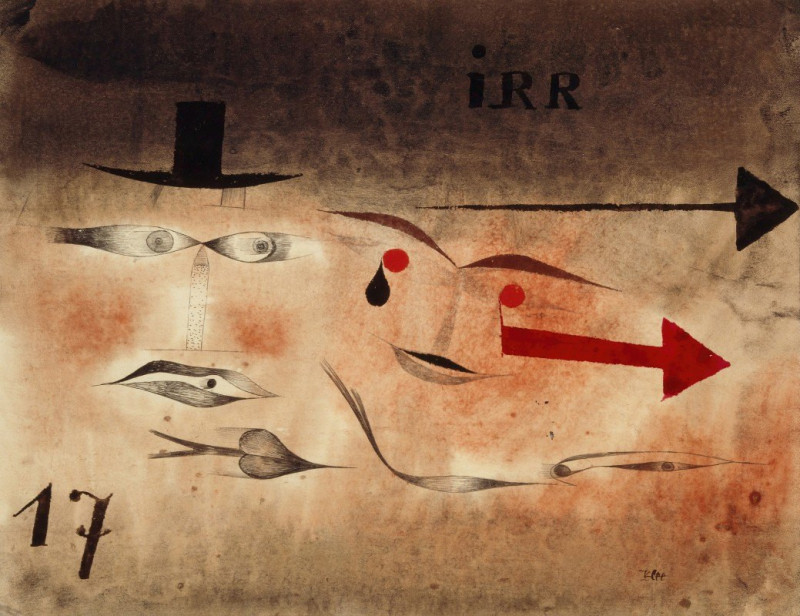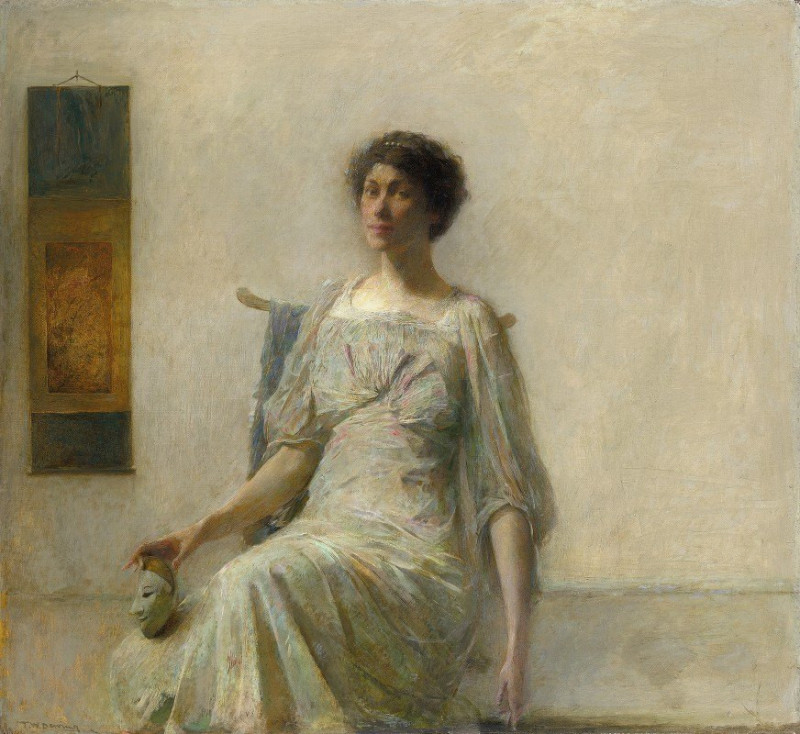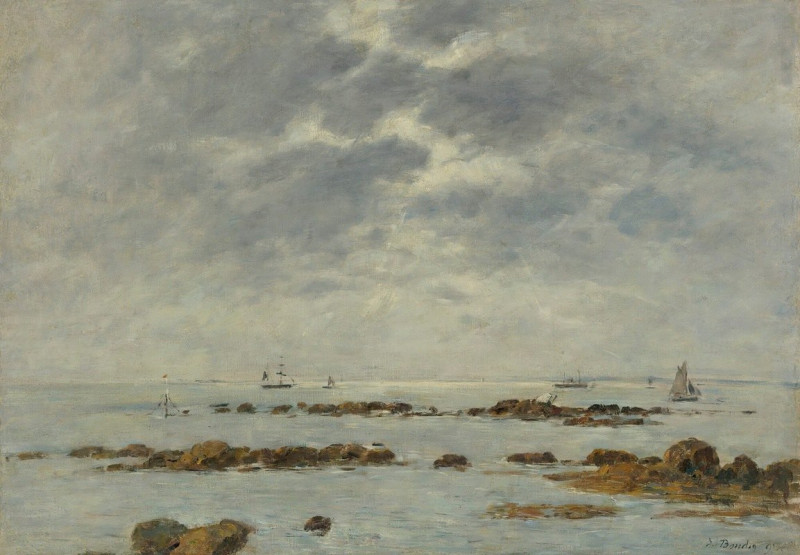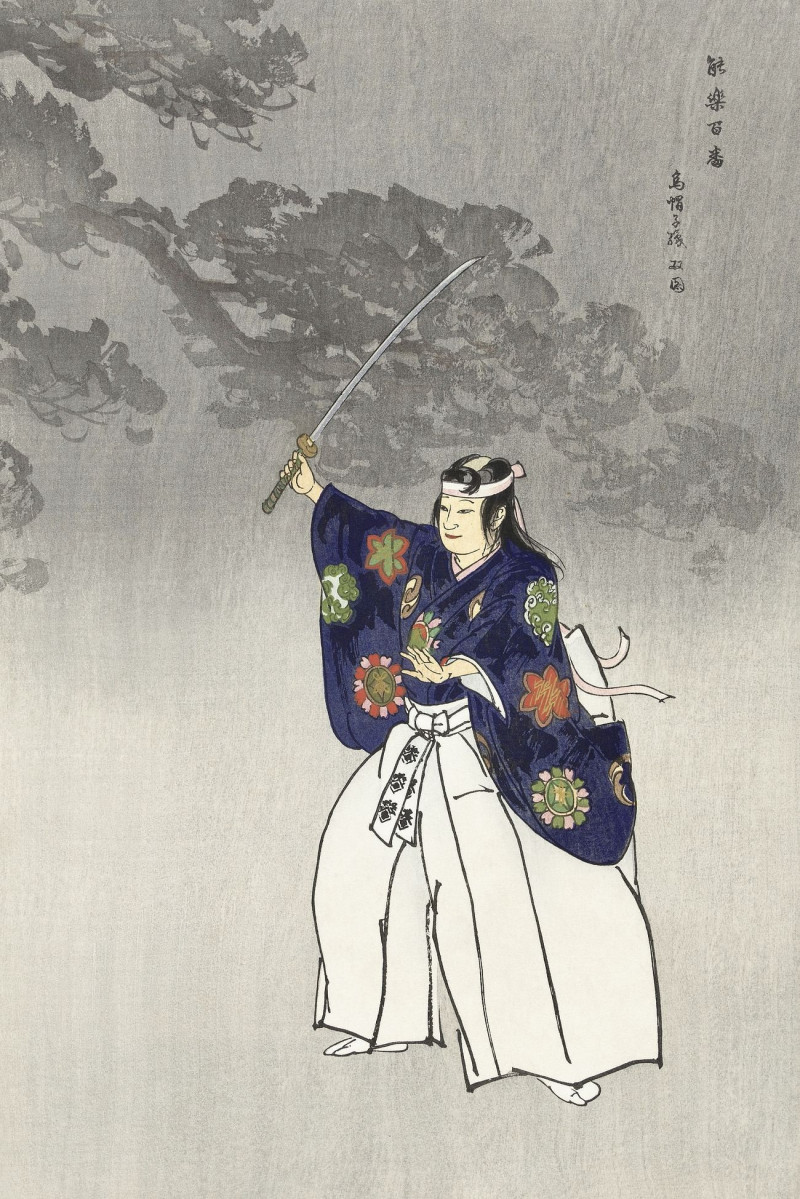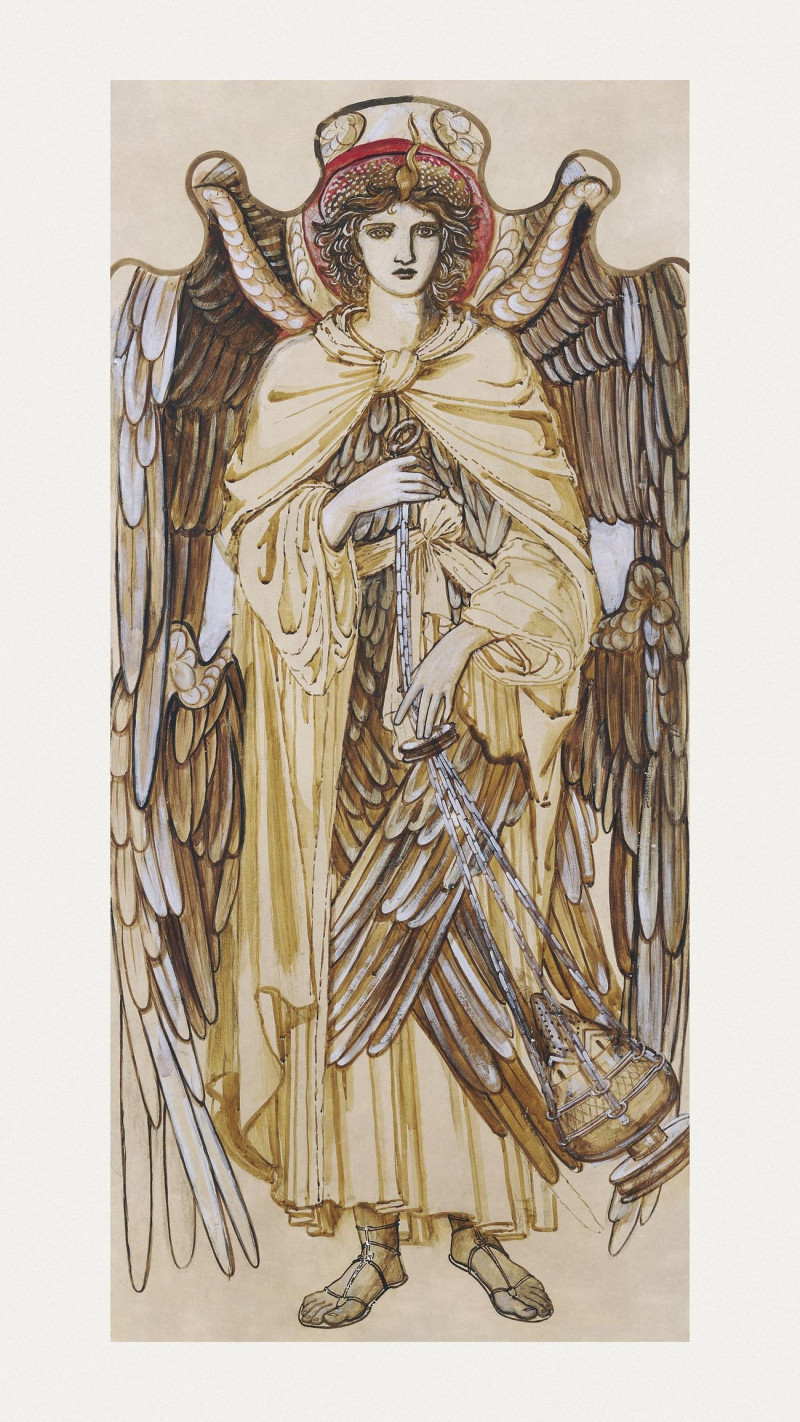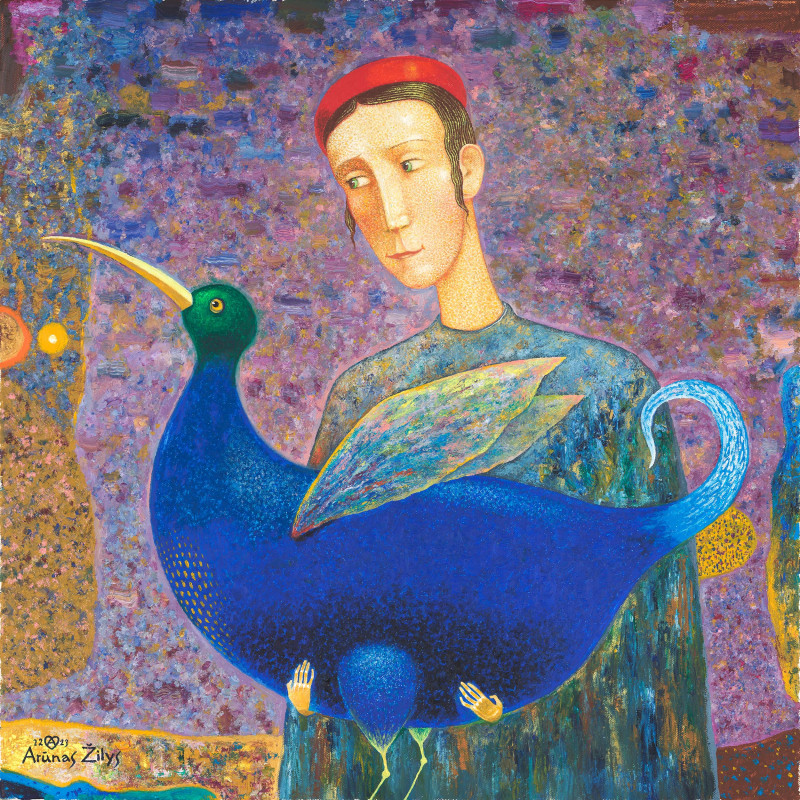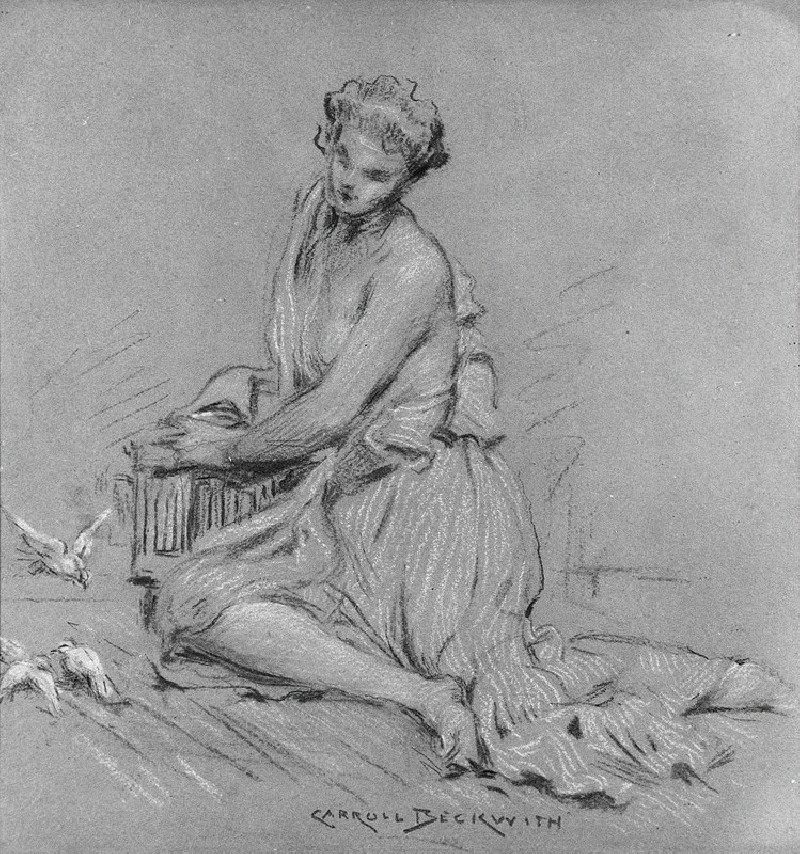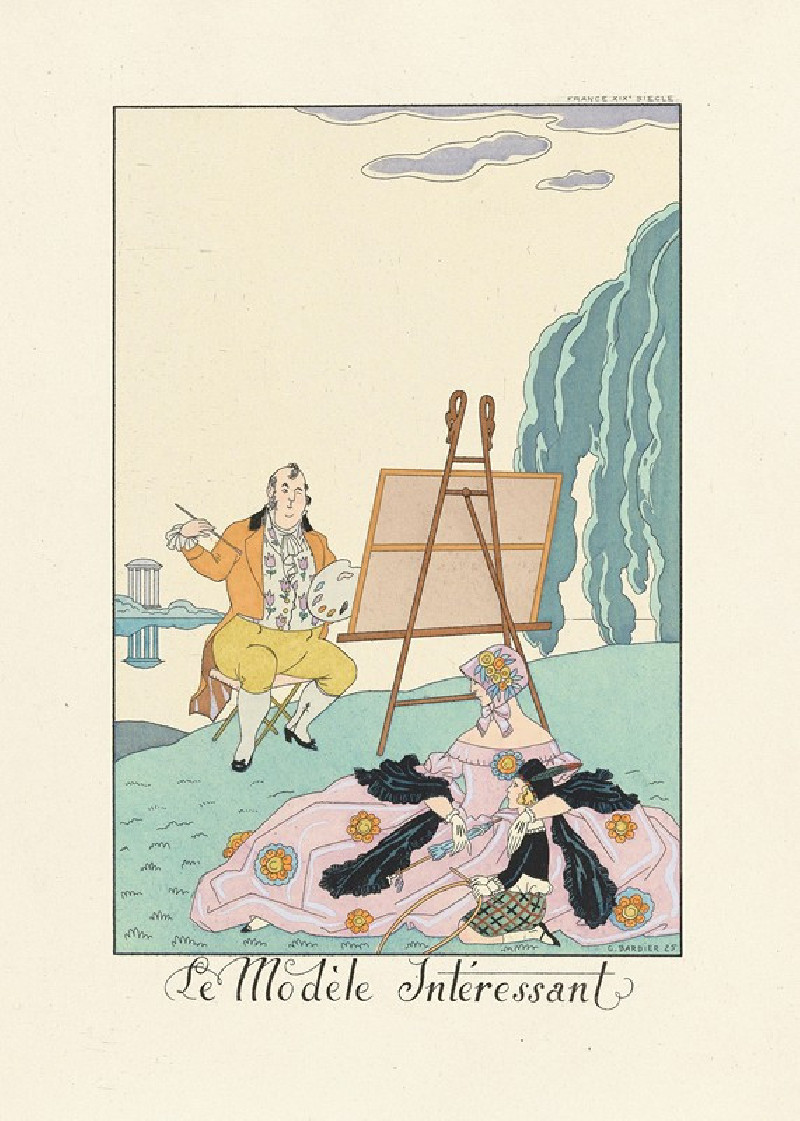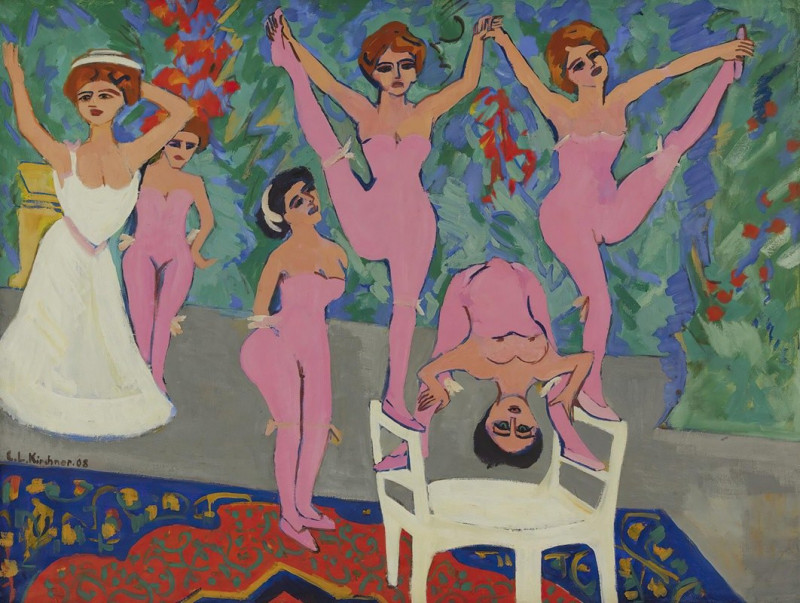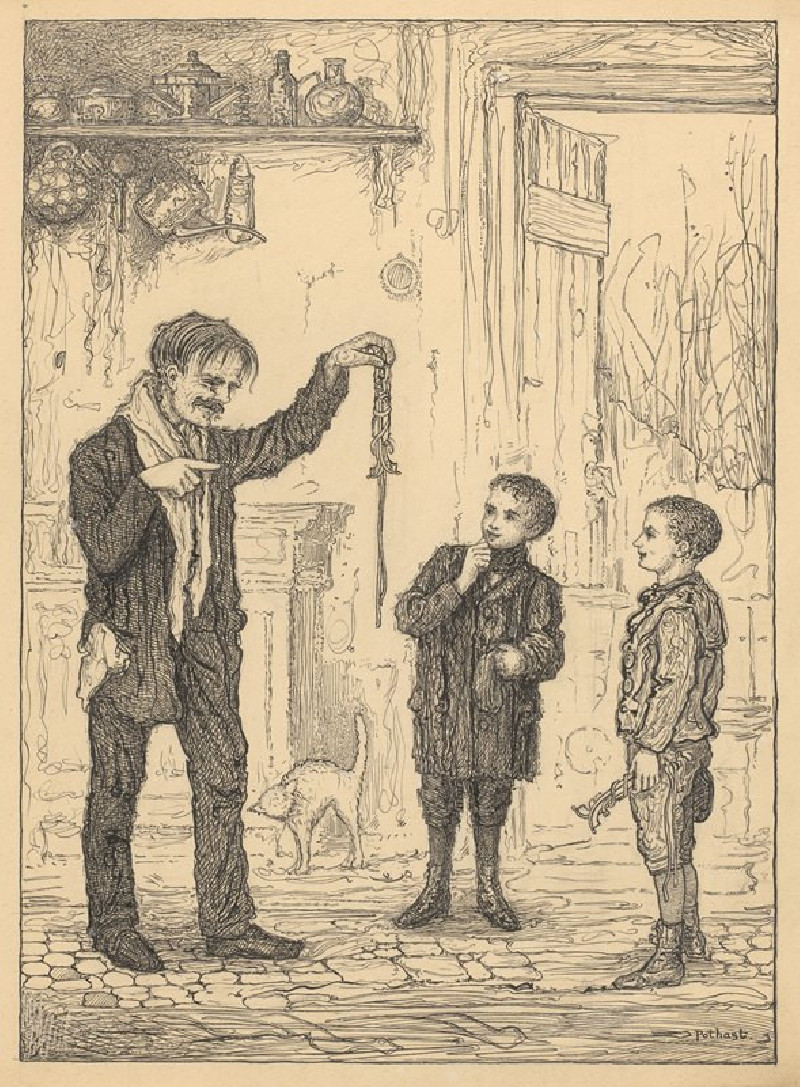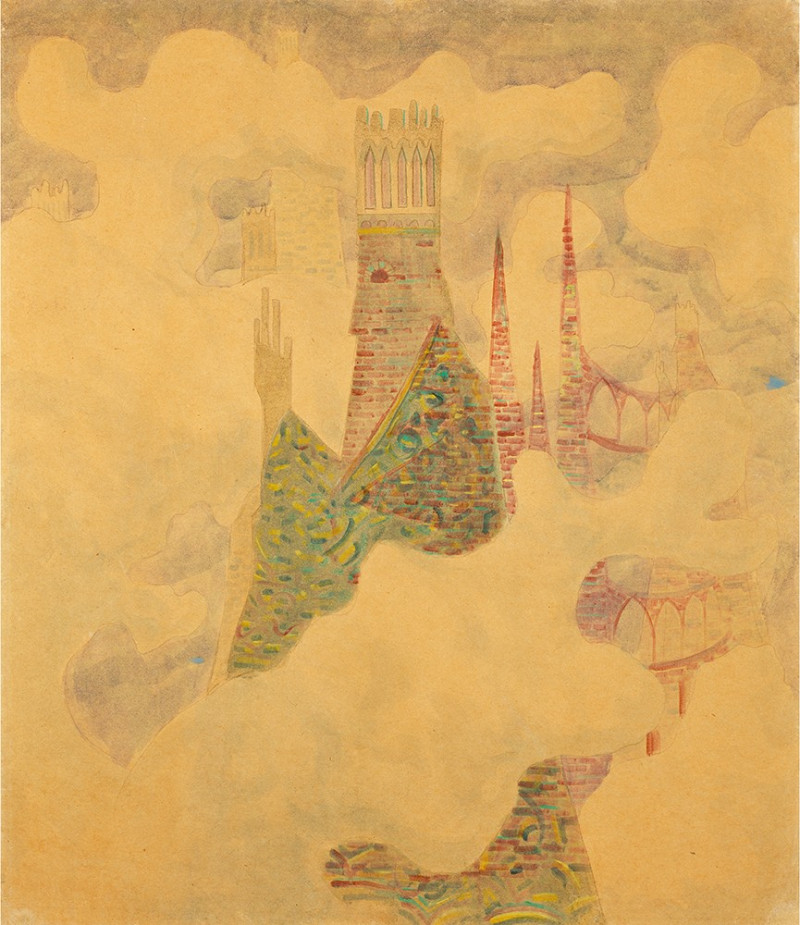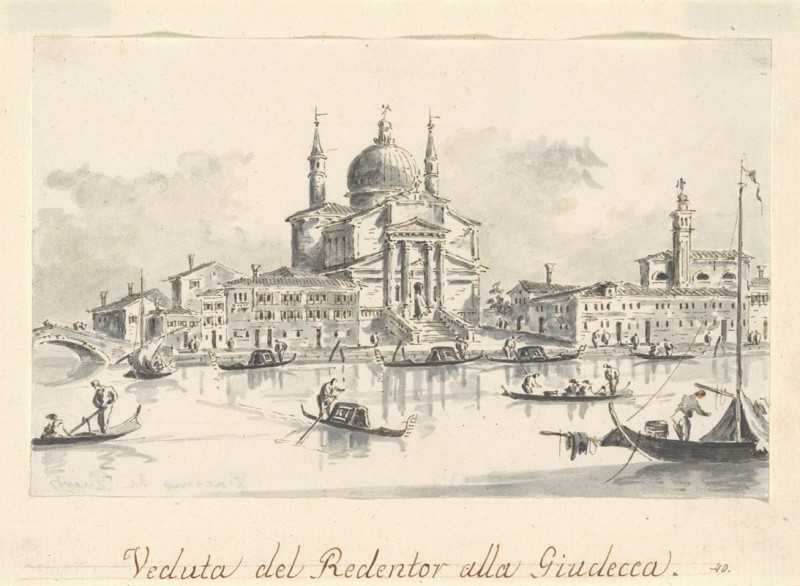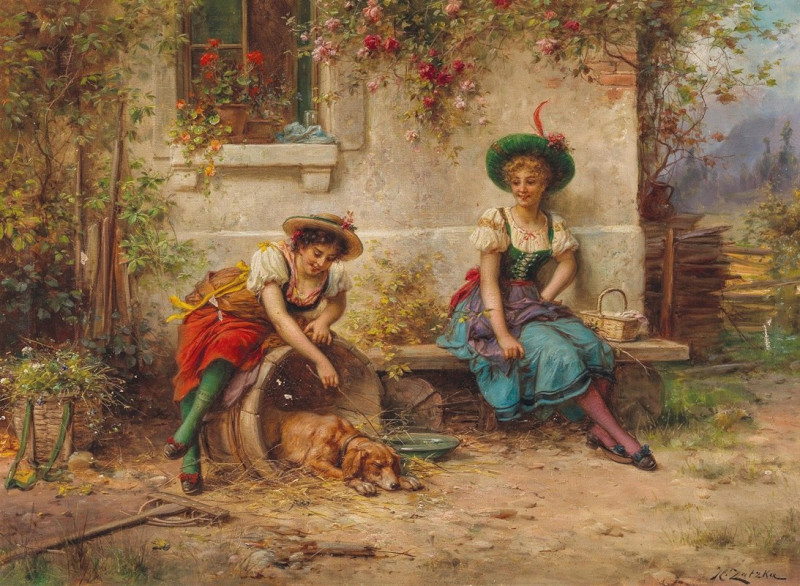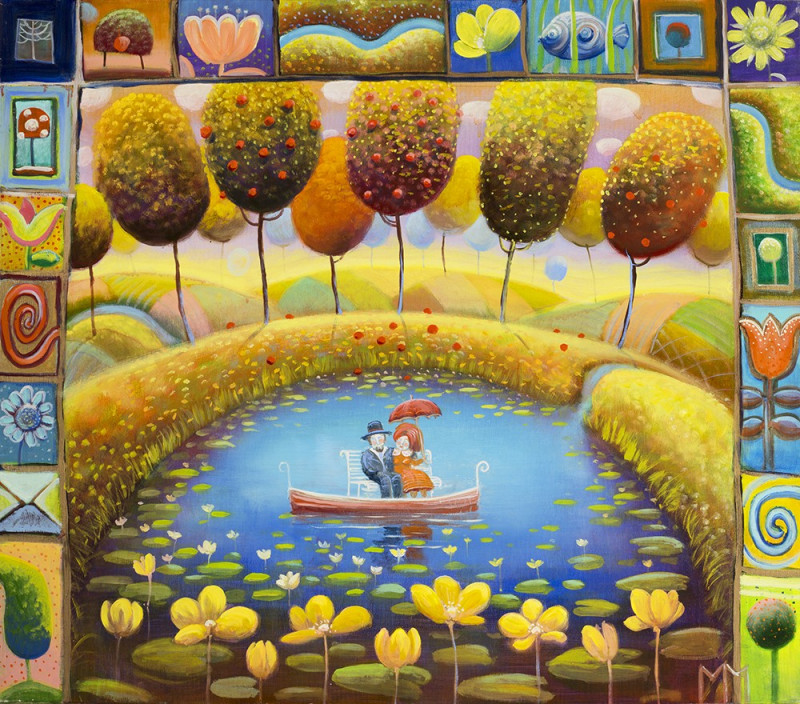Seventeen, Insane (1923)
Technique: Giclée quality print
Recommended by our customers
More about this artwork
"Seventeen, Insane," painted in 1923 by the eminent Swiss-German artist Paul Klee, stands as a striking example of his innovative, symbolic use of abstraction. This artwork, rich in enigmatic symbolism, invites the viewer to delve into a world where logic takes a backseat to emotion and intuition.The painting is characterized by a haunting array of images that resemble parts of the face dispersed across a sepia-toned background. At the top of the composition, a singular hat hovers like a phantom, possibly suggesting the presence of a person or consciousness. Eyes, depicted with remarkable focus and detail, float detached on the canvas, creating a sense of observation or surveillance. Meanwhile, abstract shapes and forms, such as a vivid red arrow pointing rightwards, contribute to a dynamic sense of movement and direction, perhaps indicating a passage of time or shift in thought.Strikingly, the number "17" is prominently displayed at the bottom of the canvas, but its significance remains open to interpretation. It might refer to an age, a date, or even a symbolic meaning unknown except within Klee's own conceptual framework.The word "irr" appears subtly in the upper right, short for the German "irrational," hinting at the theme of madness or the exploration of a psyche that deviates from the norm. This aligns with the title of the piece, pulling us into a contemplation of mental states that are beyond ordinary understanding.Paul Klee's "Seventeen, Insane" is not just a painting; it is a portal into the complexities of the human mind, illuminated through abstract symbols and fragmented imagery.
Delivery
Returns
Paul Klee was a Swiss-born German artist. His highly individual style was influenced by movements in art that included expressionism, cubism, and surrealism. Klee was a natural draftsman who experimented with and eventually deeply explored color theory, writing about it extensively; his lectures Writings on Form and Design Theory (Schriften zur Form und Gestaltungslehre), published in English as the Paul Klee Notebooks, are held to be as important for modern art as Leonardo da Vinci's A Treatise on Painting for the Renaissance.

